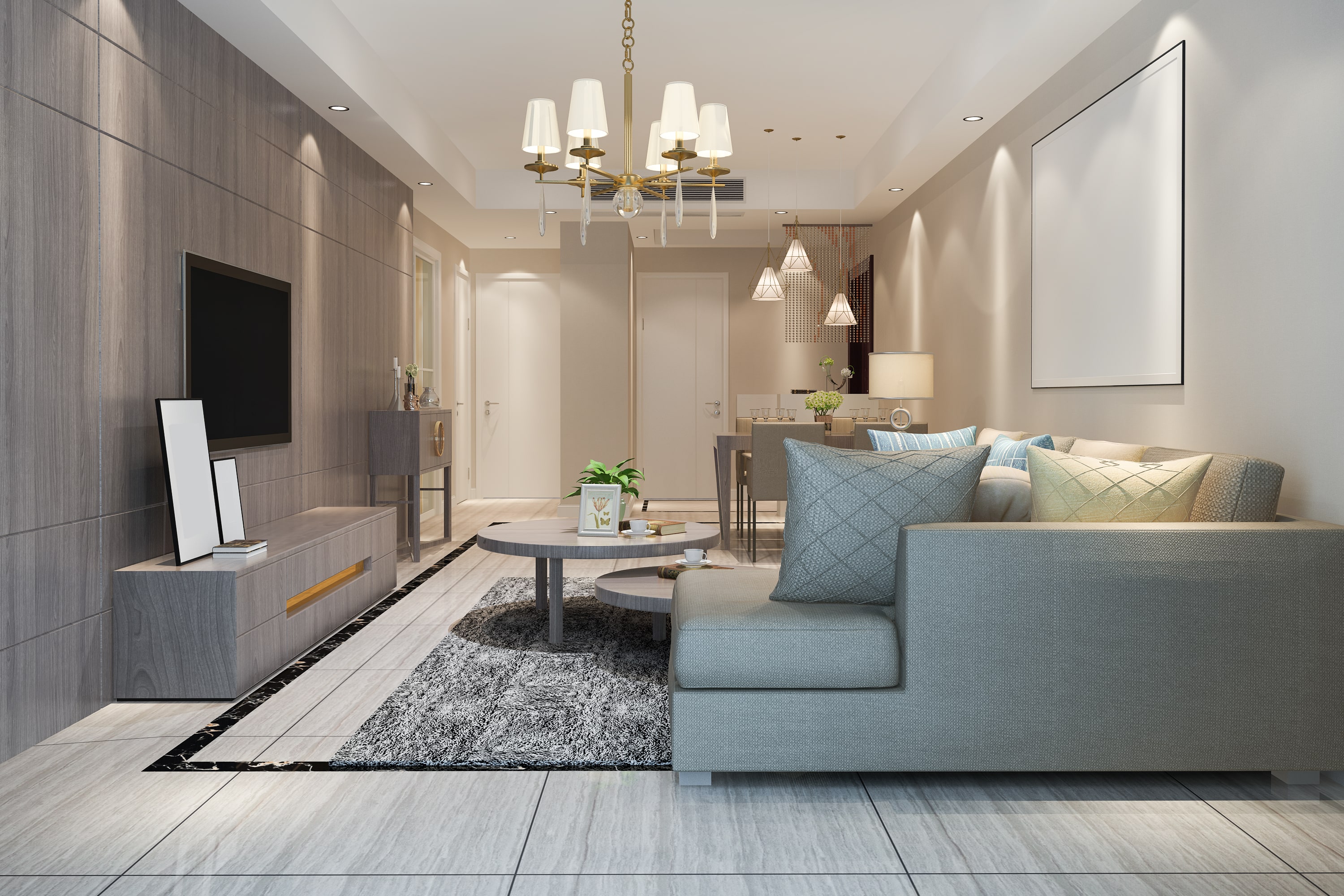
Lighting plays a crucial role in home interior design by elevating spaces from ordinary to extraordinary. Well placed lighting can create ambiance, highlight architectural elements, and enhance the overall aesthetic appeal of a room.
One among the primary roles of lighting in interior design is setting the mood. Lighting can evoke specific atmospheres that align with the desired mood and purpose of the room. Designers can create the perfect ambiance to complement the overall home décor and spatial aesthetics by carefully selecting the colour temperature and intensity of light fixtures.
Lighting can be used in highlighting specific areas or objects within a room. The highlighted area can be piece of artwork or architectural elements like columns or arches. By adding depth and visual interest to the space, strategically placed lighting fixtures can draw attention to these features. By playing with light and shadow, designers can create dramatic effects that enhance the room's overall design aesthetics and spatial functionality.
Lighting can also enhance colours and textures in a way that natural light alone cannot achieve and hence bring them to life. Also, it enhances the overall visual impact of the room and contributes to harmonious interior design scheme. Interior designers can ensure that colours appear true to life by carefully selecting lighting fixtures with the right colour rendering properties.
A right lighting design can enhance functionality and improve the overall user experience. Also it plays a practical role in regulating illumination to fit different activities and functions within a space . Designers can help homeowners to adapt the lighting to suit their specific needs and preferences by adding dimmers and adjustable lighting fixtures.
Designers often employ a variety of techniques to create a well-balanced lighting scheme. It include mixing different heights and placements of lighting fixtures, incorporating natural lighting, and utilizing dimmers for added control. Designers can create dynamic and inviting interiors that reflect the homeowner's unique style and personality by combining these elements with expert space planning.
In short, lighting is a vital element in home interior design as it influences everything from mood and ambiance to functionality and aesthetics. Careful attention to lighting design principles and incorporating them into the overall design allows designers to create spaces that look beautiful and enhancing.
Talk to your interior designer today about creating a 3d virtual tour for you and watch your home come alive!

